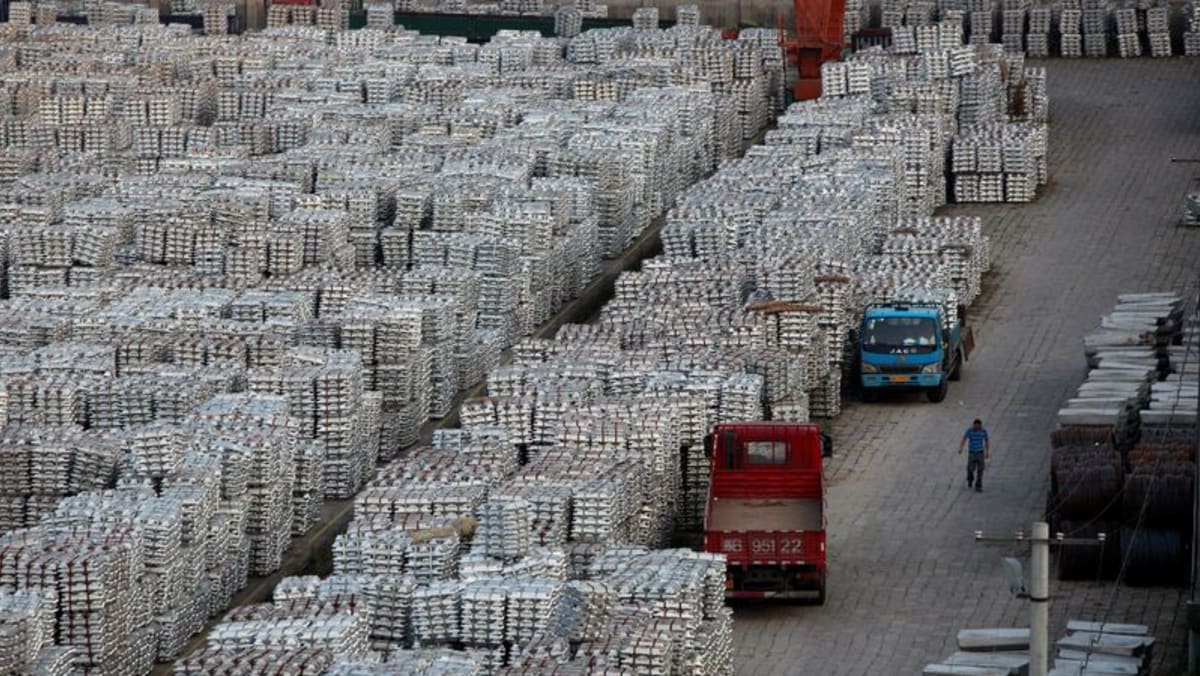BEIJING: Erratic rainfall in China’s southwest is frustrating a multibillion-dollar push to green an aluminium industry that accounts for almost 60 per cent of global output and, by some estimates, emits more carbon dioxide than Australia.
Lured by official promises of cheap hydropower, China Hongqiao Group and a handful of other coal-reliant smelters several years ago began moving 6.56 million metric tons of capacity – about 15 per cent of China’s total – from the northern rust belt to the mountainous and ethnically diverse Yunnan province, known for tea, coffee and wild mushrooms.
The opportunity to cut electricity bills and help the world’s top polluter tackle global warming seemed like a safe bet. But as Yunnan’s rivers and reservoirs dwindled amid poor rainfall, which some experts attribute to climate change, so did the reliability of electricity.
Reuters interviews with almost two dozen industry figures and analysts, as well as company filings and official documents, found insufficient hydropower has meant that only a little over half of the planned aluminium capacity shift has materialised. Some smelters are slowing or scaling back their already-delayed plans and others are seeking alternative locations.
“The power cuts in the past two years have made it clear that Yunnan can’t be sustained as a major producing region,” said one Yunnan industry figure who, as with others, spoke on the condition of anonymity due to the issue’s sensitivity.
Despite growing demand for low-carbon products and strong industry profits in recent years, eight employees at four Yunnan smelters said they have had to cut production by 10 per cent to 40 per cent.
Muyi Yang, an adjunct fellow at the University of Technology Sydney who researches energy policy, said any supply disruptions would delay China’s broader energy transition because aluminium is used in many clean technologies.
In addition to hindering China’s climate goals, the hydro crunch has caused volatility in global aluminium prices and imperilled the potential for producers to cash in on demand for “green” metal, according to analysts and industry sources.
Hongqiao’s plan to move almost 4 million tons of production from Shandong province to Yunnan involved building two plants near the Vietnam border, in Wenshan and Honghe prefectures, each with capacity of roughly 2 million tons.
The 17 billion yuan (US$2.35 billion) Wenshan factory opened in 2020 and was intended to reach full capacity in August 2022, the director of the industrial park where it is located told state media in 2021. But unstable hydropower has prevented that, two industry figures said.
At Honghe, production was due to begin in March 2023, according to a December 2021 overview of projects published by the Yunnan Department of Industry and Information Technology. Yet, an initial production capacity of just 500,000 tons will be ready in the middle of this year, according to a person familiar with the matter.
Chen Xinlin, a senior metals and mining consultant at Wood Mackenzie, said Honghe’s capacity may not be commissioned this year due to the “hydropower bottleneck”.
Hongqiao and its parent, Shandong Weiqiao Pioneering Group, did not respond to Reuters questions about the matter, and the Yunnan government declined to comment.
China’s environment and industry ministries, and the top planning agency, the National Development and Reform Commission (NDRC), did not respond to requests for comment.
GREEN DREAMS
Aluminium accounts for about 3 per cent of the world’s direct industrial carbon dioxide, according to the International Energy Agency.
For China, that meant cleaning up the sector would be crucial to its goals, formalised in 2020, of ensuring the country’s carbon emissions peak by the end of this decade and reach net zero by 2060.
Part of the allure of aluminium made from hydropower or other clean energy is that producers may be able to charge premiums as global manufacturers raise their carbon standards for materials, though only a tiny proportion of green aluminium currently attracts such a premium.
Besides Hongqiao, producers including industry leader Aluminium Corporation of China, known as Chinalco, were drawn to Yunnan by provincial authorities’ offer of discounted greener power at 0.25 yuan per kilowatt hour (kWh), less than half of what they were paying in northern China.
Chinalco announced in 2018 that it would move 1.2 million tons to Yunnan, and suppliers including anode producer Sunstone Development followed. Neither responded to requests for comment.
The new smelters brought in staff from China’s north, with factory canteens serving braised noodles and shaobing, a flatbread stuffed with meat, to give workers a taste of home.
The plants produce silver-coloured ingots cast from molten aluminium into square-shaped bundles. These are collected by trucks and delivered to factories for processing into goods such as car parts, window frames and beer cans.
A 2022 World Economic Forum report anticipated that 2 to 3 million tons of primary aluminium production would move annually to China’s southwest, mostly Yunnan, from 2020 to 2025, tapering to 90,000 to 100,000 tons per year by 2060.
The pace has been much slower.
Officials had been aware that power was a potential constraint.
“Solving power supply issues is the first thing Wenshan needs to work on to develop a green aluminium industry,” He Chun, deputy bureau chief of the Wenshan Energy Bureau, told state media in 2021.
